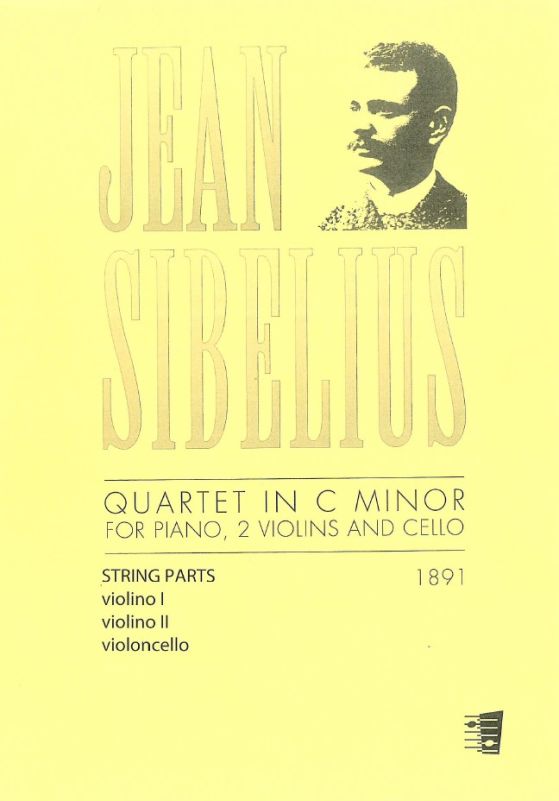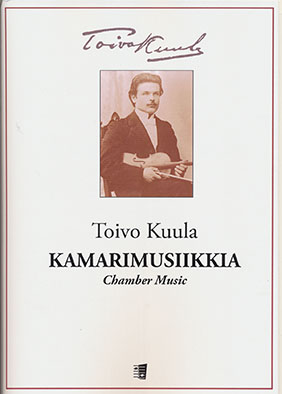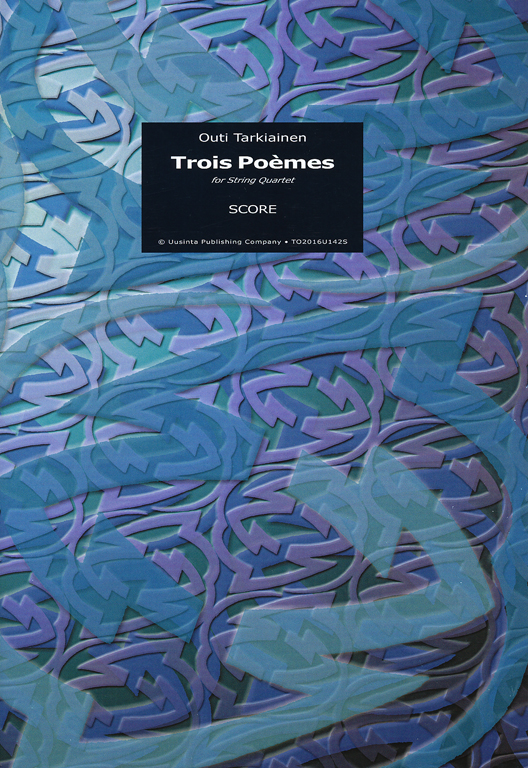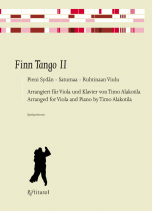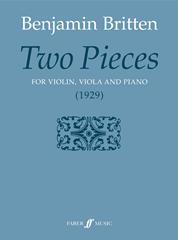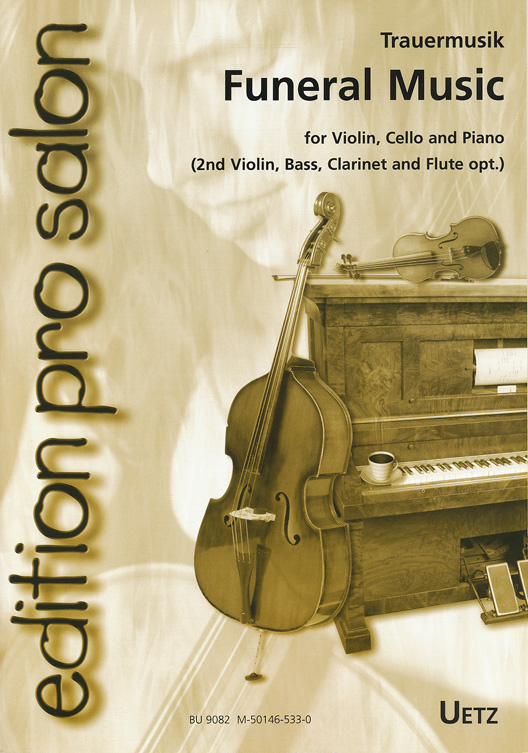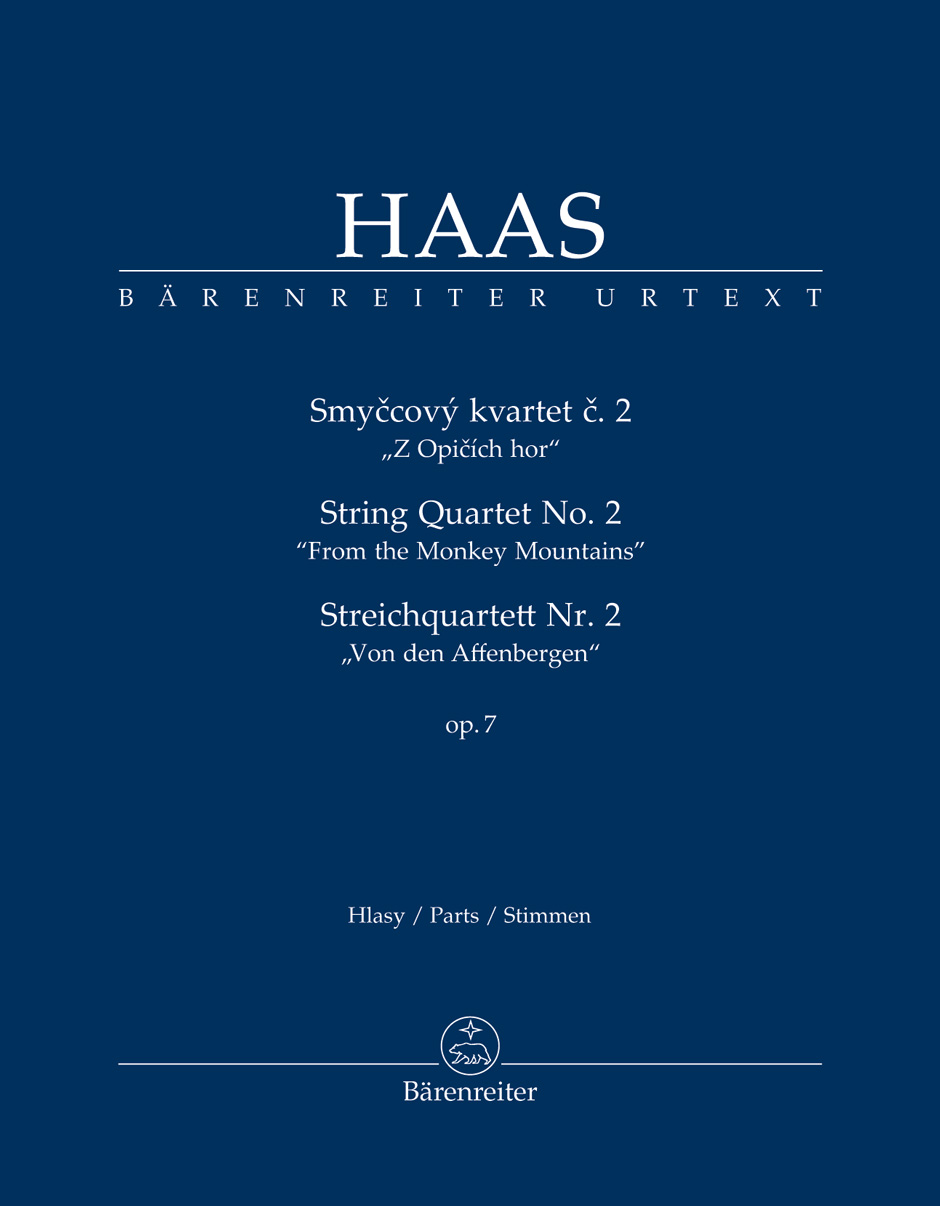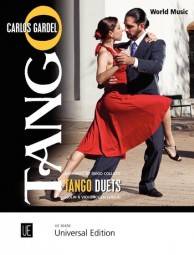Nuotteja ja kirjoja kaupassa 58 141 kappaletta ● Erikoistuotteet tilauksesta
Avoinna ma-pe klo 11-18 | puh. 020 7070443 | Musiikkitalo, Mannerheimintie 13a B, 00100 HELSINKI | ostinato@ostinato.fi
Sibelius
Quartet c (2vl,vc,pf)(string parts)
Hinta: 36,70
€
Varastossa
jousistemmat
Huom: pianostemma (= partituuri) on myynnissä erikseen tuotekoodilla M 042087916
This product includes the string parts (violin I, violin II & violoncello). The score (piano part) is available separately (product number M 042087916).
In spring 1891 Sibelius sent a greeting from Vienna, where he was studying, to his future wife, Aino Järnefelt. It took the form of a theme and seven variations for piano. Not long afterwards he arranged the work for piano quartet and added an Adagio introduction in C major, which is why it is sometimes known as the C major quartet. The piano quartet is likewise a set of variations, a form rare in Sibelius's early output, and the introduction already shows that his musical thinking had taken an orchestral turn during his stay in Vienna. Apart from a few minor pieces written in 1891, the quartet was the last work to be completed during the early period of his life dominated by chamber music, since he then spent almost an entire year concentrating on the Kullervo Symphony.
Huom: pianostemma (= partituuri) on myynnissä erikseen tuotekoodilla M 042087916
This product includes the string parts (violin I, violin II & violoncello). The score (piano part) is available separately (product number M 042087916).
In spring 1891 Sibelius sent a greeting from Vienna, where he was studying, to his future wife, Aino Järnefelt. It took the form of a theme and seven variations for piano. Not long afterwards he arranged the work for piano quartet and added an Adagio introduction in C major, which is why it is sometimes known as the C major quartet. The piano quartet is likewise a set of variations, a form rare in Sibelius's early output, and the introduction already shows that his musical thinking had taken an orchestral turn during his stay in Vienna. Apart from a few minor pieces written in 1891, the quartet was the last work to be completed during the early period of his life dominated by chamber music, since he then spent almost an entire year concentrating on the Kullervo Symphony.
